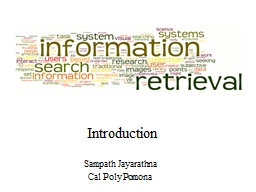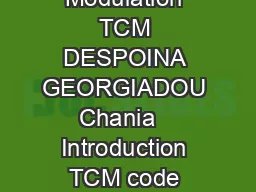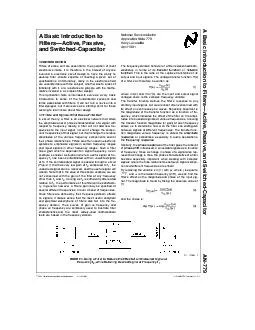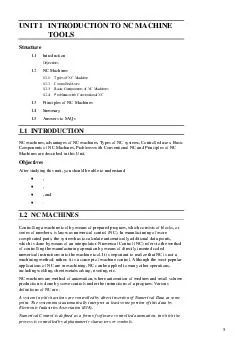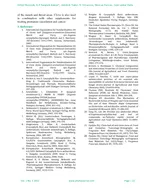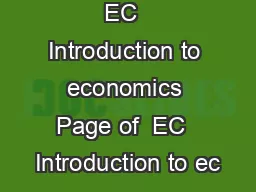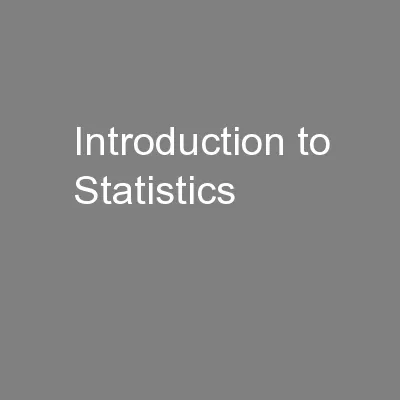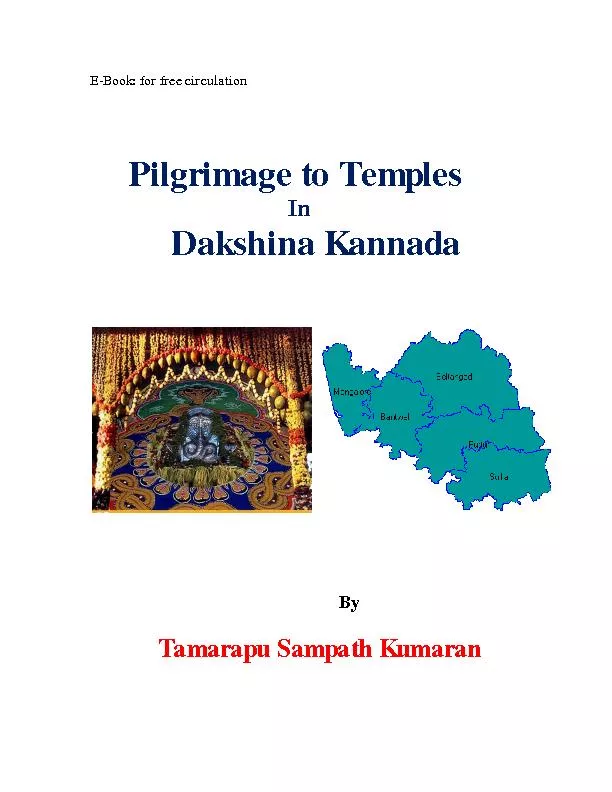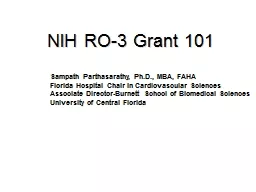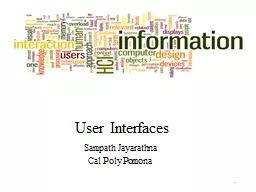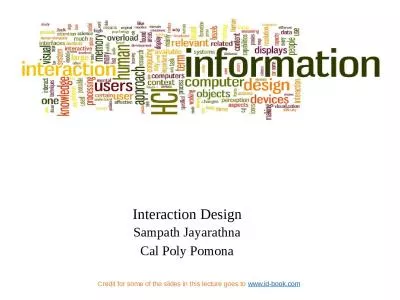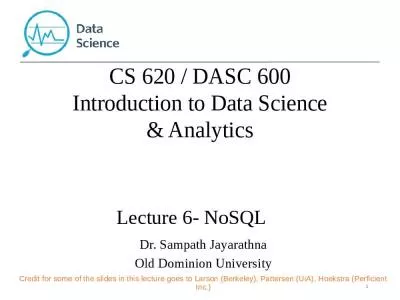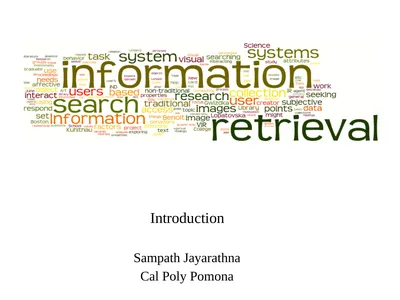PPT-Introduction Sampath Jayarathna
Author : kimberly | Published Date : 2024-02-03
Cal Poly Pomona Today Who I am CS 599 educational objectives and why Overview of the course and logistics Quick overview of IR and why we study it 2 Who am I Instructor
Presentation Embed Code
Download Presentation
Download Presentation The PPT/PDF document "Introduction Sampath Jayarathna" is the property of its rightful owner. Permission is granted to download and print the materials on this website for personal, non-commercial use only, and to display it on your personal computer provided you do not modify the materials and that you retain all copyright notices contained in the materials. By downloading content from our website, you accept the terms of this agreement.
Introduction Sampath Jayarathna: Transcript
Download Rules Of Document
"Introduction Sampath Jayarathna"The content belongs to its owner. You may download and print it for personal use, without modification, and keep all copyright notices. By downloading, you agree to these terms.
Related Documents

